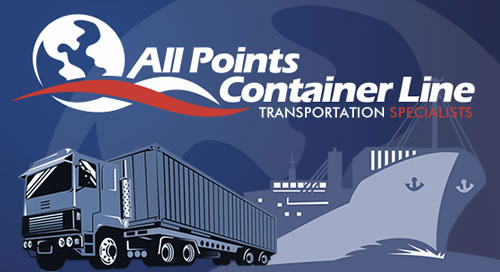In 2020, PhilaPort achieved a total 7% increase in container volumes. This means The Port of Philadelphia is now the fastest-growing container port on the East Coast. This isn’t the first time the Port has impressed us. In fact, these cargo levels contribute to a trend of prosperity that has lasted more than ten years. Let’s take a closer look.
Perishable Goods
The global COVID pandemic has created difficulties that the logistics industry has never seen before. As a result, it has also caused specific market sectors like perishables and forest products to surge. Refrigerated cargo expertise is a known factor of The Port of Philadelphia. Cargoes like grapes, bananas, pineapples, mangos, plantains, blueberries, asparagus, and other fresh produce are included. Whatever is going on in the world, people still need to eat and are looking for fresh, non-processed foods. Because of this cold supply chain expertise, the port has facilitated all these high-demand products’ quick movement.
Forest Products
In addition to perishable goods, PhiliaPort saw a historic high in forest products. The Port was up 14% in 2020 for these cargoes. The forest products that come and go are paper, pulp and lumber coming from Northern Europe. Penn Warehousing and Distribution’s Tom Mutz had this to say on the subject. “This port handles almost 1 million tons of forest products in a normal year. But COVID and new modes of consumer behavior have resulted in even greater amounts of forest products entering our Port.” Some forest product cargoes also include packing materials, lumber for home improvement, printing paper, personal hygiene products and healthcare products.
The Port of Philadelphia is an essential component of our logistics industry and is doing amazing work among tremendous pressure from the pandemic. We’ll continue to keep an eye on this port as well as many others as we turn a corner.

